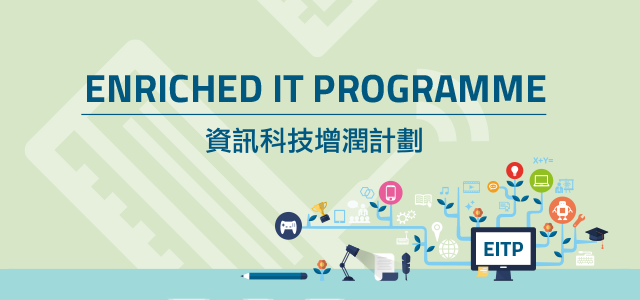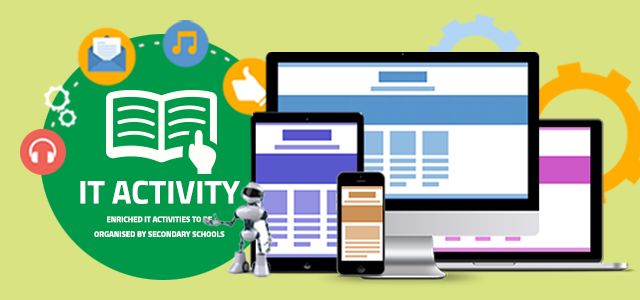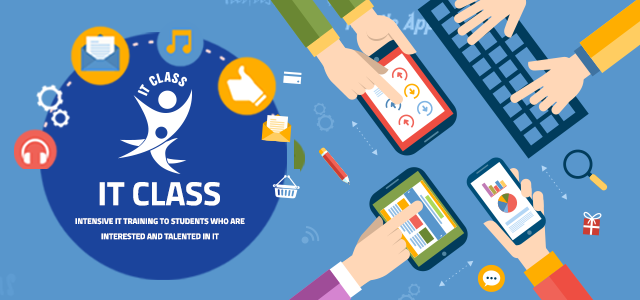Objective of the Enriched IT Programme
Embedded in practically all economic sectors, IT is a major driving force for continuous social and economic developments, underpinning innovation, competitiveness and long-term prosperity. With increasing development of IT in almost all spheres of economic activity, we can expect an increase in the demand for IT talent in all respects.
Schools are the best ground to scout and develop IT talent. Early exposure in IT coupled with intensive training on logical thinking and creative problem solving in students' formative years is conducive to nurturing their computational thinking ability to innovate at a young age.
The Financial Secretary announced in the 2014-15 Budget that we plan to incorporate IT enrichment programmes in secondary schools which are outstanding in IT education. By so doing, we hope to cultivate young IT professionals and even entrepreneurs to meet the development needs of a digital society.
The Government Chief Information Officer proposed to implement, on a pilot basis, a two-pronged Enriched IT Programme in secondary schools to be launched in the 2015/16 school year for eight years until 2022/23. The Enriched IT Programme comprises two elements -
(a) Enriched IT Class Programme - enriched IT classes (IT Class) to be run by up to eight selected secondary schools (partner schools) to provide intensive IT training to students who are interested and talented in IT; and
(b) Enriched IT Activities Programme - enriched IT activities (IT Activities) to be organised by secondary schools to foster a pro-IT atmosphere and stimulate interest in IT in the school community.
The two-pronged Enriched IT Programme in secondary schools is a collaborative effort of secondary schools to work with tertiary institutions and industry to cultivate IT talent early in secondary studies.
As EITP moved into its fourth year of operation in 2018, OGCIO conducted an interim review and consulted stakeholders including teachers, students and their parents of the participating schools, secondary school councils, tertiary institutions, the IT industry and IT-education related associations. The relevant report is available here.

_banner_1200x275.jpg)



_banner_640x300.jpg)



